Guo Yu
UrbanCraft: Urban View Extrapolation via Hierarchical Sem-Geometric Priors
May 29, 2025Abstract:Existing neural rendering-based urban scene reconstruction methods mainly focus on the Interpolated View Synthesis (IVS) setting that synthesizes from views close to training camera trajectory. However, IVS can not guarantee the on-par performance of the novel view outside the training camera distribution (\textit{e.g.}, looking left, right, or downwards), which limits the generalizability of the urban reconstruction application. Previous methods have optimized it via image diffusion, but they fail to handle text-ambiguous or large unseen view angles due to coarse-grained control of text-only diffusion. In this paper, we design UrbanCraft, which surmounts the Extrapolated View Synthesis (EVS) problem using hierarchical sem-geometric representations serving as additional priors. Specifically, we leverage the partially observable scene to reconstruct coarse semantic and geometric primitives, establishing a coarse scene-level prior through an occupancy grid as the base representation. Additionally, we incorporate fine instance-level priors from 3D bounding boxes to enhance object-level details and spatial relationships. Building on this, we propose the \textbf{H}ierarchical \textbf{S}emantic-Geometric-\textbf{G}uided Variational Score Distillation (HSG-VSD), which integrates semantic and geometric constraints from pretrained UrbanCraft2D into the score distillation sampling process, forcing the distribution to be consistent with the observable scene. Qualitative and quantitative comparisons demonstrate the effectiveness of our methods on EVS problem.
GSGTrack: Gaussian Splatting-Guided Object Pose Tracking from RGB Videos
Dec 03, 2024
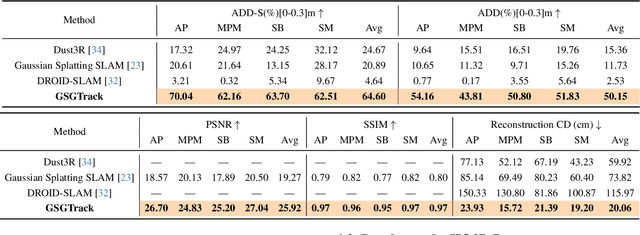
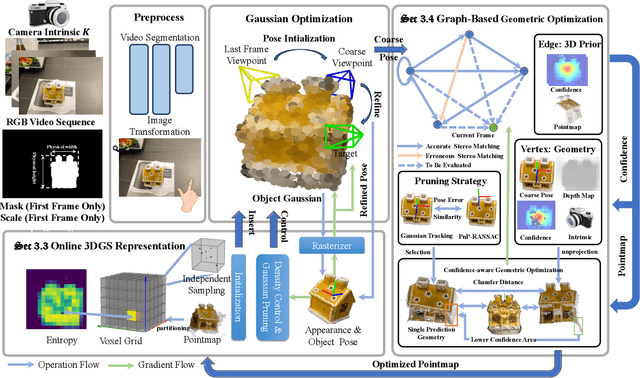
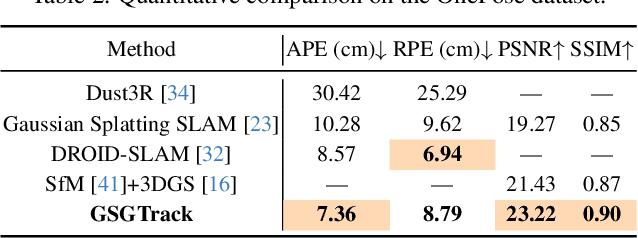
Abstract:Tracking the 6DoF pose of unknown objects in monocular RGB video sequences is crucial for robotic manipulation. However, existing approaches typically rely on accurate depth information, which is non-trivial to obtain in real-world scenarios. Although depth estimation algorithms can be employed, geometric inaccuracy can lead to failures in RGBD-based pose tracking methods. To address this challenge, we introduce GSGTrack, a novel RGB-based pose tracking framework that jointly optimizes geometry and pose. Specifically, we adopt 3D Gaussian Splatting to create an optimizable 3D representation, which is learned simultaneously with a graph-based geometry optimization to capture the object's appearance features and refine its geometry. However, the joint optimization process is susceptible to perturbations from noisy pose and geometry data. Thus, we propose an object silhouette loss to address the issue of pixel-wise loss being overly sensitive to pose noise during tracking. To mitigate the geometric ambiguities caused by inaccurate depth information, we propose a geometry-consistent image pair selection strategy, which filters out low-confidence pairs and ensures robust geometric optimization. Extensive experiments on the OnePose and HO3D datasets demonstrate the effectiveness of GSGTrack in both 6DoF pose tracking and object reconstruction.
A convex formulation of covariate-adjusted Gaussian graphical models via natural parametrization
Oct 08, 2024


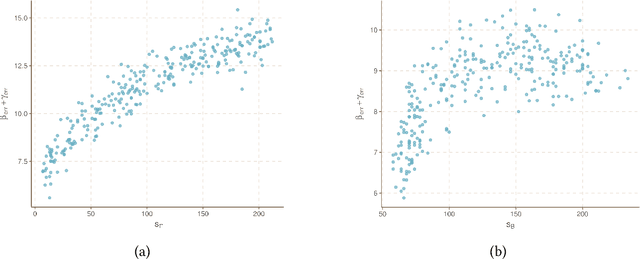
Abstract:Gaussian graphical models (GGMs) are widely used for recovering the conditional independence structure among random variables. Recently, several key advances have been made to exploit an additional set of variables for better estimating the GGMs of the variables of interest. For example, in co-expression quantitative trait locus (eQTL) studies, both the mean expression level of genes as well as their pairwise conditional independence structure may be adjusted by genetic variants local to those genes. Existing methods to estimate covariate-adjusted GGMs either allow only the mean to depend on covariates or suffer from poor scaling assumptions due to the inherent non-convexity of simultaneously estimating the mean and precision matrix. In this paper, we propose a convex formulation that jointly estimates the covariate-adjusted mean and precision matrix by utilizing the natural parametrization of the multivariate Gaussian likelihood. This convexity yields theoretically better performance as the sparsity and dimension of the covariates grow large relative to the number of samples. We verify our theoretical results with numerical simulations and perform a reanalysis of an eQTL study of glioblastoma multiforme (GBM), an aggressive form of brain cancer.
S2RC-GCN: A Spatial-Spectral Reliable Contrastive Graph Convolutional Network for Complex Land Cover Classification Using Hyperspectral Images
Apr 01, 2024Abstract:Spatial correlations between different ground objects are an important feature of mining land cover research. Graph Convolutional Networks (GCNs) can effectively capture such spatial feature representations and have demonstrated promising results in performing hyperspectral imagery (HSI) classification tasks of complex land. However, the existing GCN-based HSI classification methods are prone to interference from redundant information when extracting complex features. To classify complex scenes more effectively, this study proposes a novel spatial-spectral reliable contrastive graph convolutional classification framework named S2RC-GCN. Specifically, we fused the spectral and spatial features extracted by the 1D- and 2D-encoder, and the 2D-encoder includes an attention model to automatically extract important information. We then leveraged the fused high-level features to construct graphs and fed the resulting graphs into the GCNs to determine more effective graph representations. Furthermore, a novel reliable contrastive graph convolution was proposed for reliable contrastive learning to learn and fuse robust features. Finally, to test the performance of the model on complex object classification, we used imagery taken by Gaofen-5 in the Jiang Xia area to construct complex land cover datasets. The test results show that compared with other models, our model achieved the best results and effectively improved the classification performance of complex remote sensing imagery.
Implementation of Kalman Filter Approach for Active Noise Control by Using MATLAB: Dynamic Noise Cancellation
Feb 10, 2024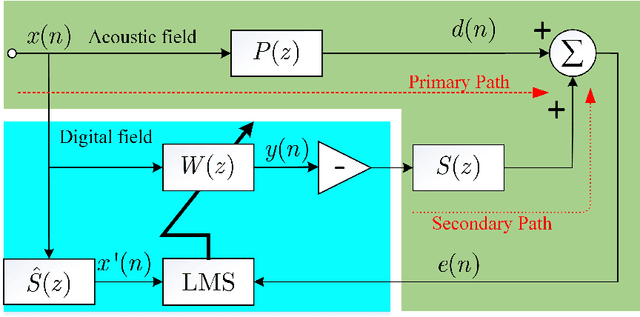
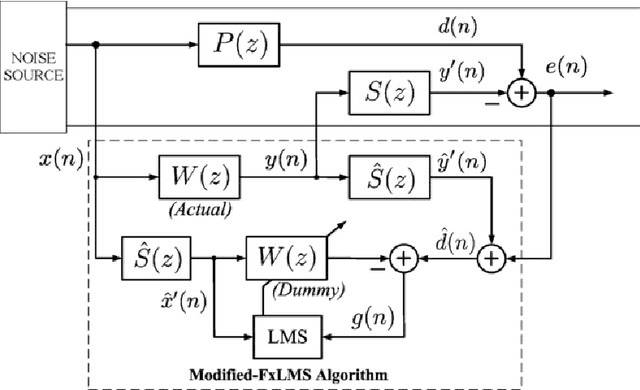

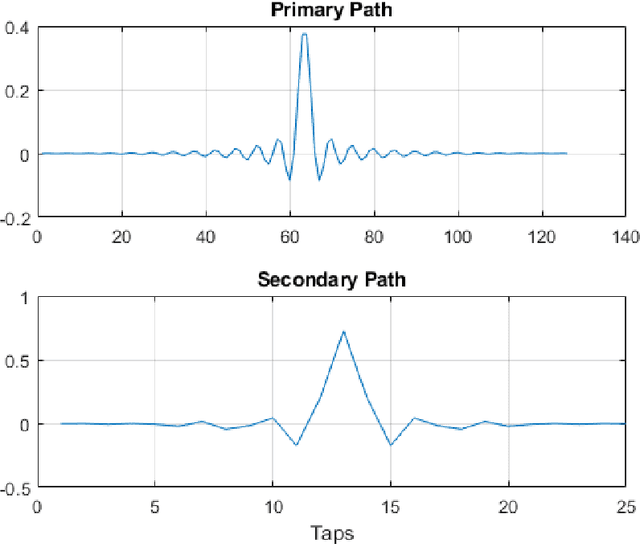
Abstract:This article offers an elaborate description of a Kalman filter code employed in the active control system. Conventional active noise management methods usually employ an adaptive filter, such as the filtered reference least mean square (FxLMS) algorithm, to adjust to changes in the primary noise and acoustic environment. Nevertheless, the slow convergence characteristics of the FxLMS algorithm typically impact the effectiveness of reducing dynamic noise. Hence, this study suggests employing the Kalman filter in the active noise control (ANC) system to enhance the efficacy of noise reduction for dynamic noise. The ANC application effectively utilizes the Kalman filter with a novel dynamic ANC model. The numerical simulation revealed that the proposed Kalman filter exhibits superior convergence performance compared to the FxLMS algorithm for handling dynamic noise. The code is available on \href{https://github.com/ShiDongyuan/Kalman_Filter_for_ANC.git}{GitHub} and \href{https://www.mathworks.com/matlabcentral/fileexchange/159311-kalman-filter-for-active-noise-control}{MathWorks}.
One-Step Forward and Backtrack: Overcoming Zig-Zagging in Loss-Aware Quantization Training
Jan 30, 2024Abstract:Weight quantization is an effective technique to compress deep neural networks for their deployment on edge devices with limited resources. Traditional loss-aware quantization methods commonly use the quantized gradient to replace the full-precision gradient. However, we discover that the gradient error will lead to an unexpected zig-zagging-like issue in the gradient descent learning procedures, where the gradient directions rapidly oscillate or zig-zag, and such issue seriously slows down the model convergence. Accordingly, this paper proposes a one-step forward and backtrack way for loss-aware quantization to get more accurate and stable gradient direction to defy this issue. During the gradient descent learning, a one-step forward search is designed to find the trial gradient of the next-step, which is adopted to adjust the gradient of current step towards the direction of fast convergence. After that, we backtrack the current step to update the full-precision and quantized weights through the current-step gradient and the trial gradient. A series of theoretical analysis and experiments on benchmark deep models have demonstrated the effectiveness and competitiveness of the proposed method, and our method especially outperforms others on the convergence performance.
Knowledge-Assisted Dual-Stage Evolutionary Optimization of Large-Scale Crude Oil Scheduling
Jan 09, 2024Abstract:With the scaling up of crude oil scheduling in modern refineries, large-scale crude oil scheduling problems (LSCOSPs) emerge with thousands of binary variables and non-linear constraints, which are challenging to be optimized by traditional optimization methods. To solve LSCOSPs, we take the practical crude oil scheduling from a marine-access refinery as an example and start with modeling LSCOSPs from crude unloading, transportation, crude distillation unit processing, and inventory management of intermediate products. On the basis of the proposed model, a dual-stage evolutionary algorithm driven by heuristic rules (denoted by DSEA/HR) is developed, where the dual-stage search mechanism consists of global search and local refinement. In the global search stage, we devise several heuristic rules based on the empirical operating knowledge to generate a well-performing initial population and accelerate convergence in the mixed variables space. In the local refinement stage, a repair strategy is proposed to move the infeasible solutions towards feasible regions by further optimizing the local continuous variables. During the whole evolutionary process, the proposed dual-stage framework plays a crucial role in balancing exploration and exploitation. Experimental results have shown that DSEA/HR outperforms the state-of-the-art and widely-used mathematical programming methods and metaheuristic algorithms on LSCOSP instances within a reasonable time.
Analysis on the Influence of Synchronization Error on Fixed-filter Active Noise Control
Oct 06, 2023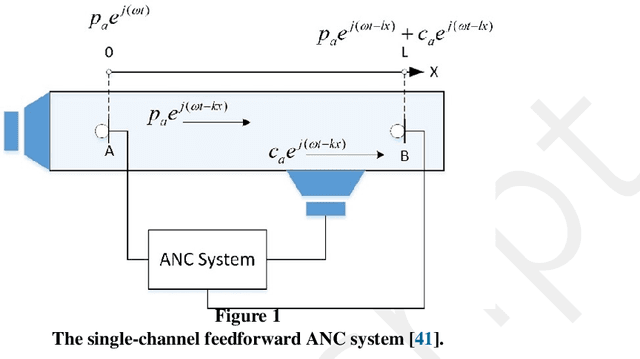
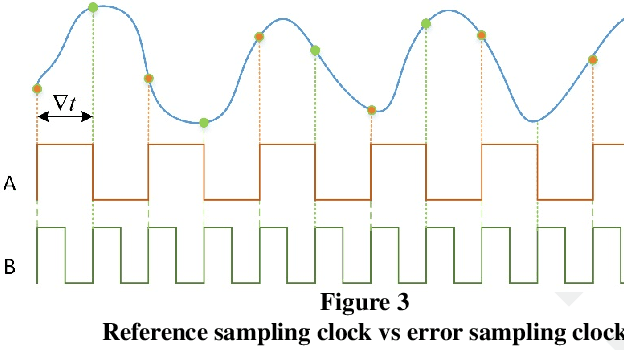
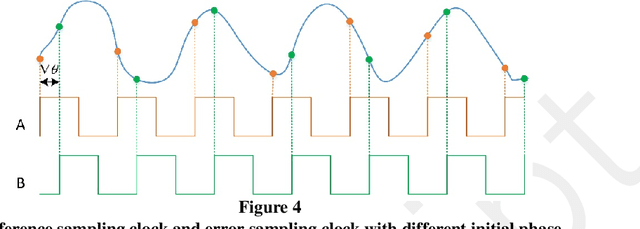
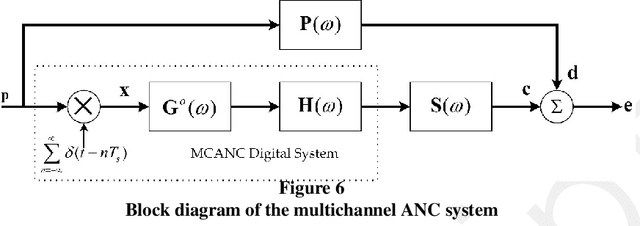
Abstract:The efficacy of active noise control technology in mitigating urban noise, particularly in relation to low-frequency components, has been well-established. In the realm of traditional academic research, adaptive algorithms, such as the filtered reference least mean square method, are extensively employed to achieve real-time noise reduction in many applications. Nevertheless, the utilization of this technology in commercial goods is often hindered by its significant computing complexity and inherent instability. In this particular scenario, the adoption of the fixed-filter strategy emerges as a viable alternative for addressing these challenges, albeit with a potential trade-off in terms of noise reduction efficacy. This work aims to conduct a theoretical investigation into the synchronization error of the digital Active Noise Control (ANC) system. Keywords: Fixed-filter, Active noise control, Multichannel active noise control.
Survey on Evolutionary Deep Learning: Principles, Algorithms, Applications and Open Issues
Aug 23, 2022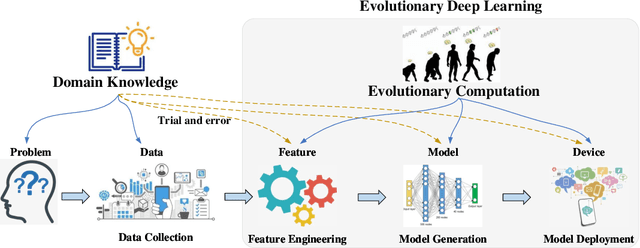
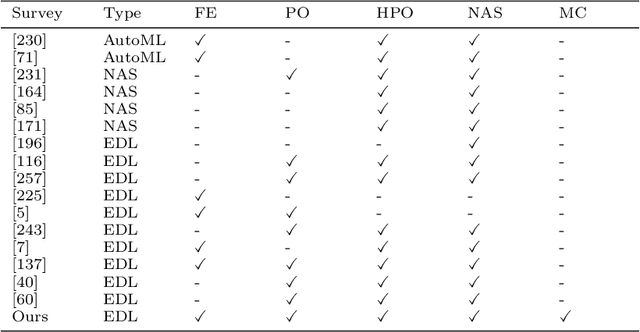
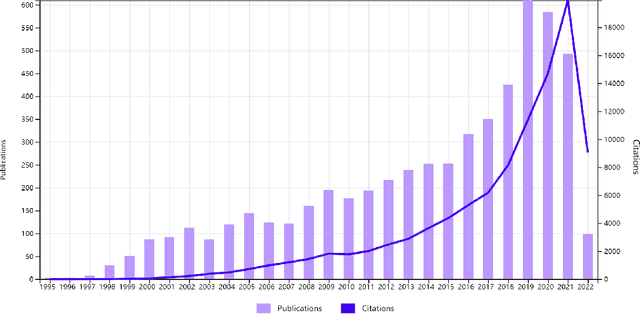

Abstract:Over recent years, there has been a rapid development of deep learning (DL) in both industry and academia fields. However, finding the optimal hyperparameters of a DL model often needs high computational cost and human expertise. To mitigate the above issue, evolutionary computation (EC) as a powerful heuristic search approach has shown significant merits in the automated design of DL models, so-called evolutionary deep learning (EDL). This paper aims to analyze EDL from the perspective of automated machine learning (AutoML). Specifically, we firstly illuminate EDL from machine learning and EC and regard EDL as an optimization problem. According to the DL pipeline, we systematically introduce EDL methods ranging from feature engineering, model generation, to model deployment with a new taxonomy (i.e., what and how to evolve/optimize), and focus on the discussions of solution representation and search paradigm in handling the optimization problem by EC. Finally, key applications, open issues and potentially promising lines of future research are suggested. This survey has reviewed recent developments of EDL and offers insightful guidelines for the development of EDL.
Towards Fairness-Aware Multi-Objective Optimization
Jul 22, 2022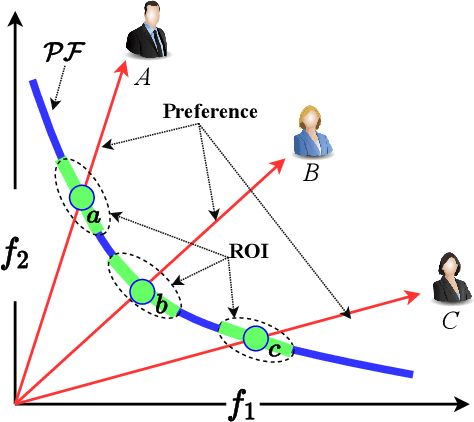
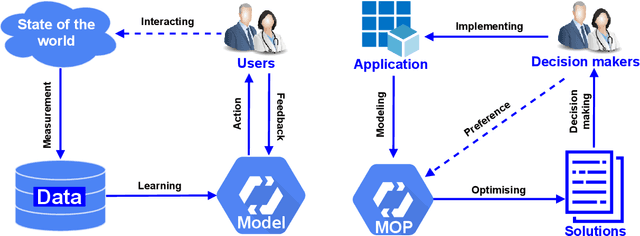
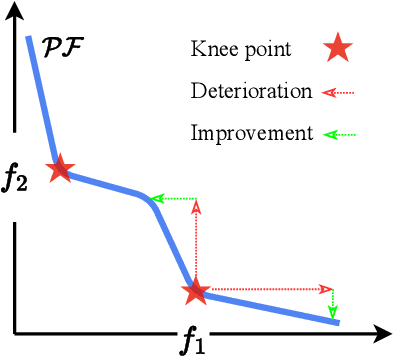
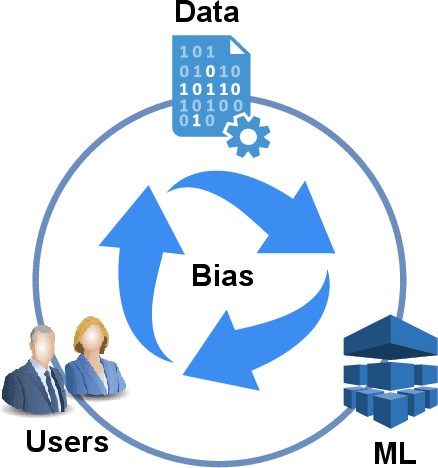
Abstract:Recent years have seen the rapid development of fairness-aware machine learning in mitigating unfairness or discrimination in decision-making in a wide range of applications. However, much less attention has been paid to the fairness-aware multi-objective optimization, which is indeed commonly seen in real life, such as fair resource allocation problems and data driven multi-objective optimization problems. This paper aims to illuminate and broaden our understanding of multi-objective optimization from the perspective of fairness. To this end, we start with a discussion of user preferences in multi-objective optimization and then explore its relationship to fairness in machine learning and multi-objective optimization. Following the above discussions, representative cases of fairness-aware multiobjective optimization are presented, further elaborating the importance of fairness in traditional multi-objective optimization, data-driven optimization and federated optimization. Finally, challenges and opportunities in fairness-aware multi-objective optimization are addressed. We hope that this article makes a small step forward towards understanding fairness in the context of optimization and promote research interest in fairness-aware multi-objective optimization.
 Add to Chrome
Add to Chrome Add to Firefox
Add to Firefox Add to Edge
Add to Edge